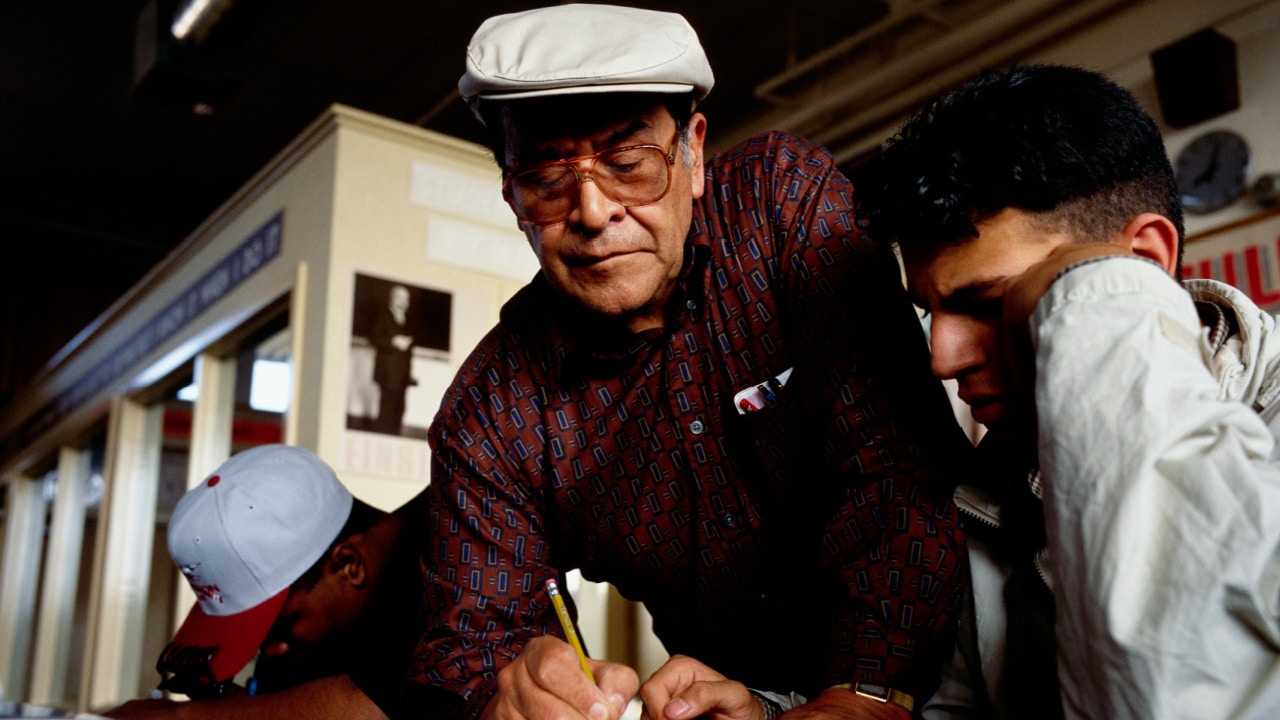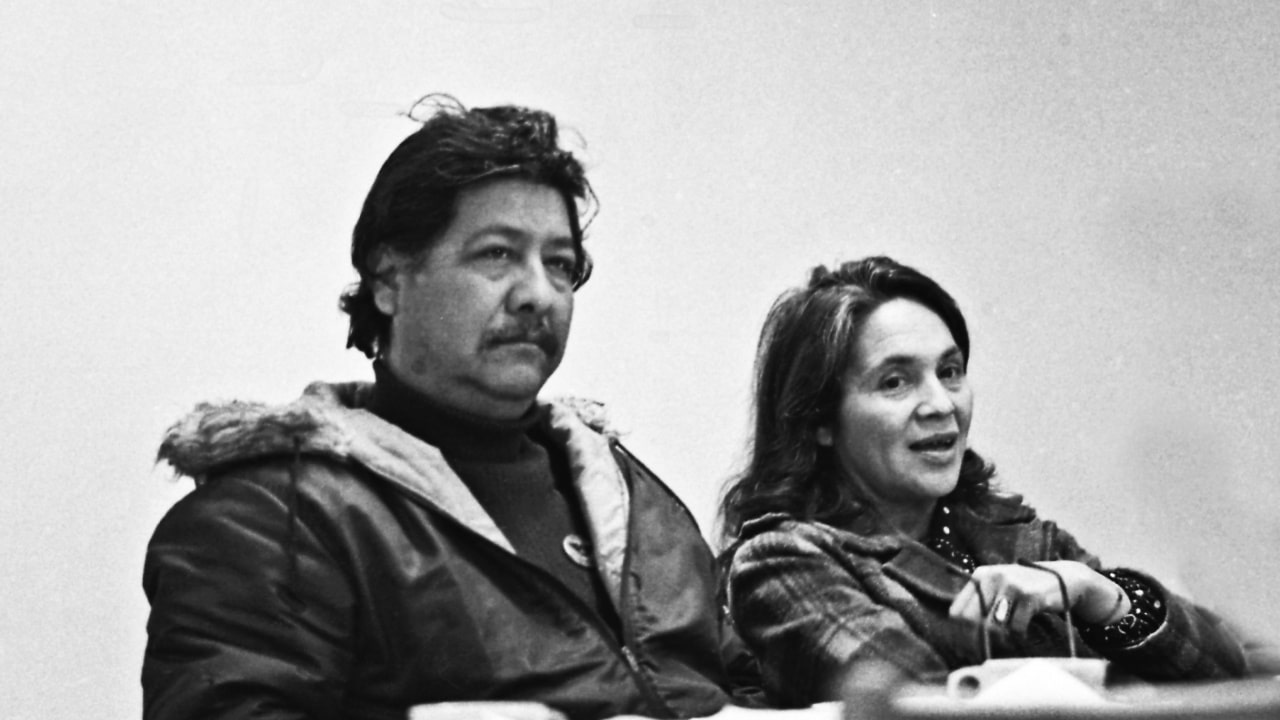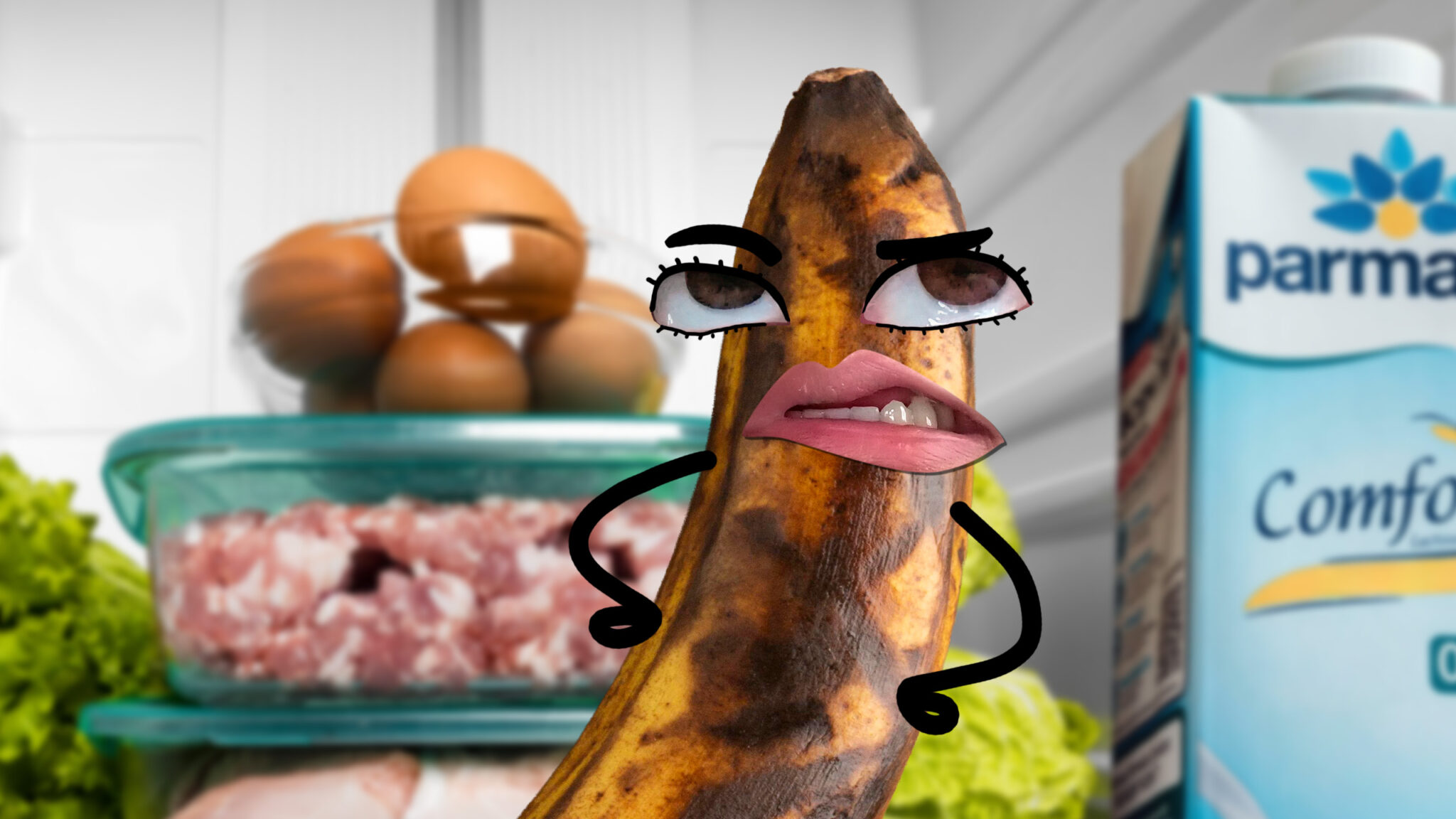We Have a Pirate To Thank for Bringing Guacamole to England, and Honestly, That Tracks
Guacamole is a jewel in the culinary world. Simple ingredients mixed together to create something magical. It soothes the soul and excites the tastebuds with a silky smooth journey of the senses. The simplistic style of guacamole makes it so accessible for people and easy to make at home. The first recorded recipe in the English language was written by English pirate William Dampier in 1697 while he was in Panama. Here is the original recipe and the history of guacamole.
Guacamole is an ancient dish that dates back to the Aztec Empire
The Aztecs first started making guacamole around the 14th century. The recipe has largely remained the same over the centuries, with very few additions to the modern version we know today. During the Aztec Empire, guacamole was made by smashing avocados with other ingredients like chiles, squash seeds, and tomatoes.
The name for guacamole is derived from the Nahuatl word āhuacamolli. The word is a combination of āhuacatl (avocado) and molli (sauce). Guacamole was an important source of nutrition for the Aztecs due to its high fat and protein content.
The Spanish first learned about guacamole when they invaded the Aztec Empire. The Spanish conquistadores took the recipe back to Spain and added their own native produce to the dish. This is when cilantro, onions, and lime made an appearance in the indigenous dish.
The first recipe written in English was done by a pirate
According to Max Miller of Tasting History, William Dampier, the pirate to some and explorer to others, brought the recipe to the English-speaking world. Dampier circumnavigated the world three times and was the first to do so. During one of those trips, he landed in Panama and was exposed to the Aztec dish that had started to spread throughout what would become Latin America.
The original recipe written by Dampier talks about an avocado that is green and turns more yellow after it ripens. Miller says that the species of avocado likely no longer exists. Along with the avocado, Dampier wrote that the people in Panama added sugar and lime juice. The guacamole was then eaten with a little bit of salt and some roasted plantains.
Now, there isn’t a whole lot of super descriptive wording about how the plantains were roasted, so that part is all up to the diner’s preference.
Today, the avocado-based dish continues to grow in popularity
Driven by more consumers focused on health-conscious decisions, guacamole has become a global staple. The popularity has driven a surge in avocado consumption in the United States. The increased desire for guacamole translated to Americans consuming 2.7 billion pounds of avocados in 2020. This is a sharp increase from the 436 million pounds of avocados consumed in 1985.
It is clear that this famous food is here to stay. Mexico, and Latin America in general, has created some of the most delicious and iconic foods. Food is a way to share culture, and seeing guacamole continue to spread around the world is proof that we influence the global food trends.




